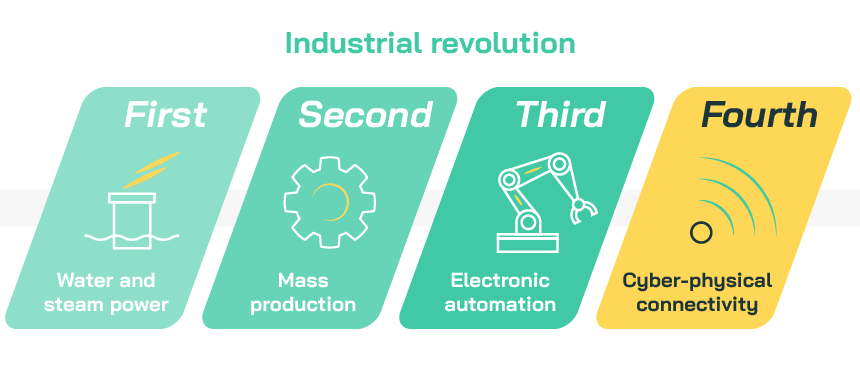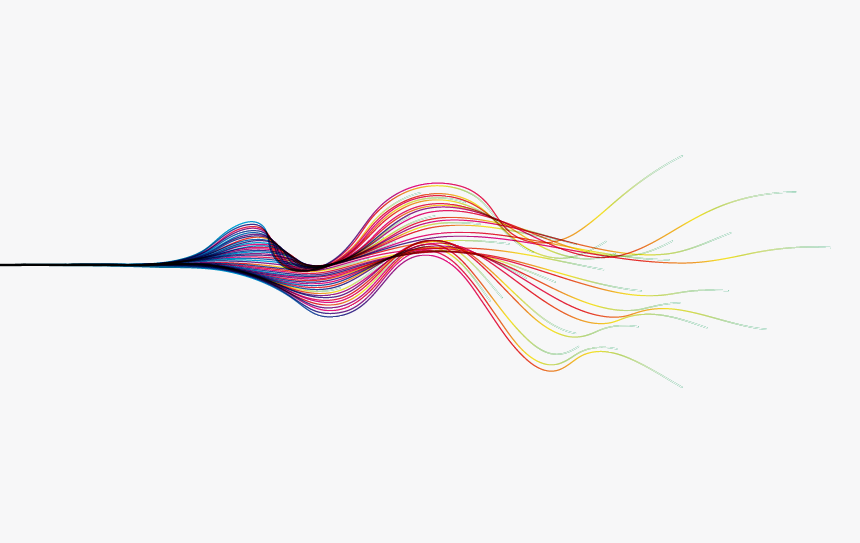Revisiting previous thoughts & observations
Back in the mists of time – okay, I slightly exaggerate for dramatic effect – in January 2021(!), I penned an article exploring whether the discipline of market research was in a terminal death spiral and ultimately would survive the Fourth Industrial Revolution.
I stumbled across these musings recently, being surprised by how current such thoughts and observations have remained several years on. Particularly with the backdrop of an ever increasingly digital, tech-connected, world – where reams of ‘actual’ behavioural data is instantaneously available – enabling us to analyse and unpack customer actions and interactions in real-time.
So, given, the enduring relevance, I’m resharing the original blog post, along with a few updated take-outs. My aim remains the same though, it’s to get you to think about our evolving environment, the associated impact upon the insights industry and how we must look to harness the future – both creatively and commercially.
A 2020s perspective
Intelligent robots. Self-driving cars. Ubiquitous, mobile, supercomputing. Genetic editing. An existential threat to humanity from dangerous microbes. This is not the contextual backdrop to an Isaac Asimov novella, this is now.
The evidence of dramatic change is all around us and it’s occurring at a phenomenal rate. Whether we are at the beginning of the Fourth Industrial Revolution, or on its cusp, is a moot point. Major strides forward in the fusion of technologies is blurring the lines between the physical, digital and biological spheres – delivering ‘big’ change.
So, what does this mean for the market research industry, insight functions and our professional roles? This thought piece will look to tease out associated themes, pose questions and provide a view.
Do I have all the answers? No, I’m no futurologist or crystal ball gazer. What I do hope to achieve though is getting you to think about the evolving environment, its impact upon the insights industry and how we must look to embrace the future. The alternative is that we slowly wither and die, as our relevance as a professional services function wanes.
Firstly, a brief bit of history – industrial revolutions 1-3, now 4?
The First Industrial Revolution used water and steam power to mechanise production. The Second harnessed electricity to create mass production. The Third catalysed electronics and information technology to automate production. The Fourth is different…

The Fourth Industrial Revolution (4IR), as coined by Schwab, differs fundamentally from the previous three, which were primarily characterised by technological advances. The underlying basis for 4IR lies in advances within communication and connectivity. These are marked by emerging technology breakthroughs across a number of fields, including robotics, artificial intelligence, nanotechnology, quantum computing, the Internet of Things (IoT), etc.
Challenges & opportunities for market research in this brave new world
For years the market research industry has been driven to chase the holy grail of faster, better, cheaper. These demands do not disappear with the 4IR, much the reverse – they increase.
At the same time, the sheer scale, volume and velocity of consumer data being collected has grown exponentially. This is leading to far greater navigational and insight deciphering challenges, frequently resulting in ‘data-overload’. Too often the result is swamping senior leadership teams with unstructured customer/prospect feedback – which achieves absolutely nothing!
It is within the context of these dual challenges that insight professionals must operate, delivering commercial value and strategic direction. This era of innovation is, however, also shaping an advanced insight toolkit – opening-up the facility to deliver far greater levels of operational efficiency and effectiveness. We can now employ a range of advanced market research tools including…
Artificial Intelligence (AI) to automate customer survey alerts – based upon performance tracking thresholds; fire out personalised reminders to survey non-completers; employ text analytics based upon key response triggers
Machine learning (ML) can evaluate all possibilities from every angle, doing so for volumes of data beyond the reach of even the most capable analyst. ML has the facility to discover more intricate data patterns and produce more insight-rich forecasts. Delivering the enhanced decision making we all seek
Virtual Reality (VR) is one of the most exciting, and accessible ‘robot-generation’ tools with market research application. VR serves to permit the collection of valuable measures of emotional and practical/functional response, without the need for employing often complex and/or costly ‘in situ’ methods. Plus, VR offers the opportunity to collect response in ‘real time’- as the experience plays out
Augmented Reality (AR) looks to enhance perception (whereas VR replicates a ‘real-world’ context). AR provides an individual with the ability to experience and then improve an environment/situation so that it matches the ideal. Brand teams have successfully applied this approach in the NPD and product optimization arenas, shaping propositions in a virtual environment without the expense of prototyping
Chatbots are software programs which can take the place of a human in a conversation – via text, spoken word or both. Chatbots use programmed response vocabulary to give the impression of a live conversation. Researchers are currently employing this technology to collect survey data. Another future market research application lies in the moderation of online discussions/communities. The scaling potential taking us in the direction of ‘big qual’.
Market research survival in the fourth industrial age – adaption & adjustment
So, will the 4IR deal a mortal blow to the market research discipline? Only if the insight industry steadfastly refuses to adapt and evolve in-line with changing environments, business practices and consumer behaviours. One could argue that strategic insight becomes even more important over time, as businesses seek commercial direction in an even more rapidly evolving, globally connected, marketplace.
To quote Charles Darwin:

By extension, it is my view that the role and skillset of the insight professional will need to adapt too – being more embracing of technological advance. This will ultimately lead to a future where researchers operate hand-in-glove with tech platforms in a highly collaborative manner. Much of the robotic development automating and streamlining the thankless tasks currently involved in the research process.
It’s not about replacing humans with robots. It’s more about the freeing-up of headspace for deeper analysis as well as higher-level, strategic, thought. Enabling us to bring increased focus to driving business/brand engagement and growth.
A few further thoughts, several years on
In essence, my viewpoint hasn’t fundamentally changed over these last few years. Whilst – of course – being watchful, the research industry needs to be forward-facing and embracing of technological innovation. Otherwise, researchers will drawdown an existential crisis upon themselves.
The current ‘hot’ debate surrounding the application of AI-generated synthetic data is just the latest manifestation of this ‘traditional’ vs. ‘new’ ways-of-working tension. With strong views on either side of the discussion. The reality is probably more nuanced. Synthetic data will have its role to play, but NOT at the expense of ‘real’ human respondents/participants.
For full disclosure, it’s worth noting that my perspective is undoubtedly coloured by the Vanson Bourne environment – an insights consultancy which has tech innovation hard-wired into the very fabric of its DNA. An ethos which has certainly held us in good stead until now and – I’m convinced – will continue to do so into the future…
Interested in how research can help your organisation adapt and thrive in dynamic times? Get in touch to discuss your objectives.



